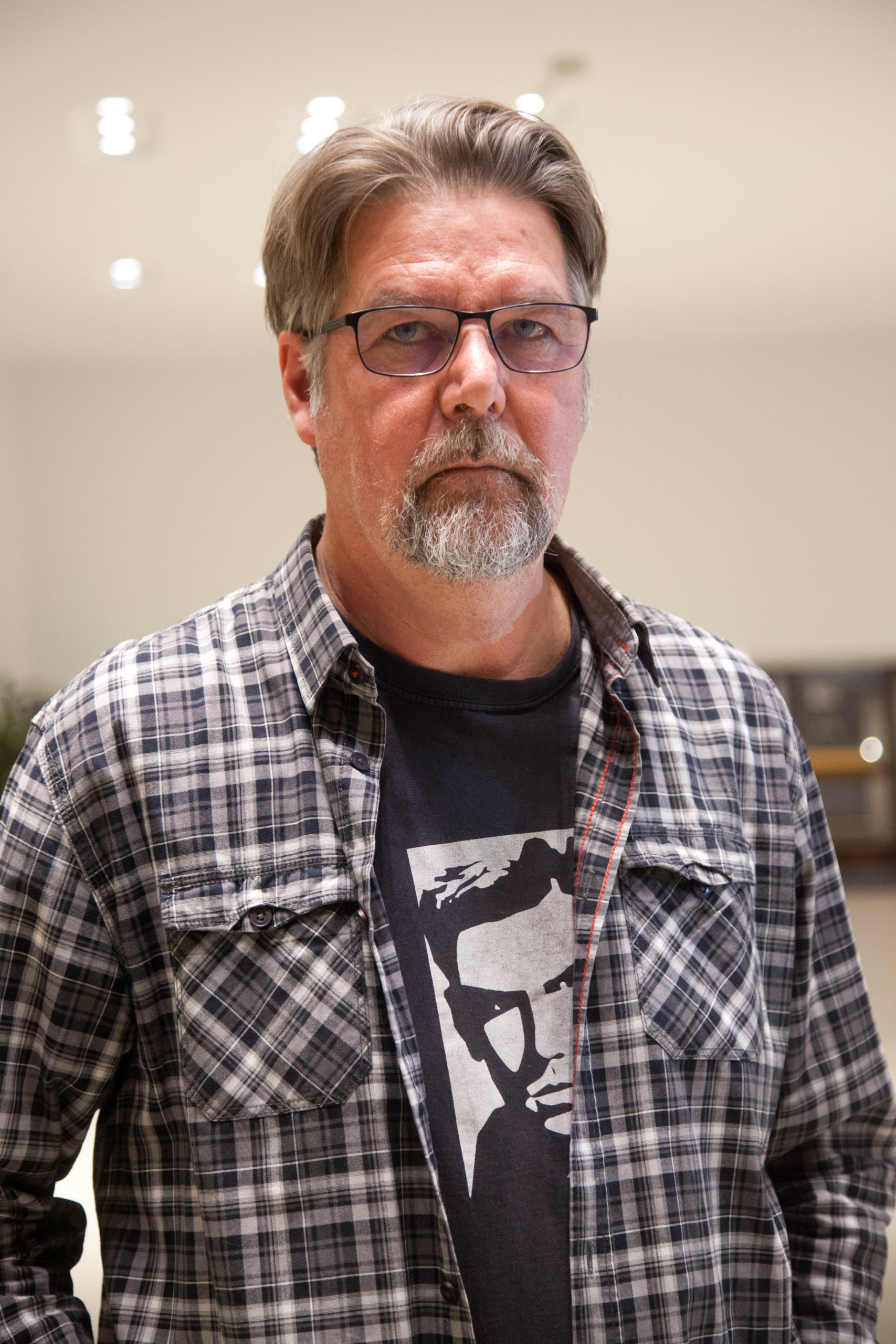For nearly four decades, Matti Kuusela was a mainstay of Finland’s journalism scene. As a reporter for Aamulehti, the country’s second-largest daily newspaper, he covered everything from the war in Afghanistan to a doping scandal back home. He won major prizes, including two awards for story of the year from Finnish journalism groups. But if you look today for his byline in Aamulehti’s archives, you’ll come up mostly empty. The newspaper’s editors have yanked five hundred and fifty-one of his articles from the website. Only three remain.
In an autobiography published last month, Kuusela acknowledged—almost in passing—that as a reporter, he had created details out of whole cloth, or made it look like he had interviewed people he hadn’t. Buried within his book, Journalist: A Different Kind of Reporter, were three admissions of journalistic malpractice: A 2021 piece about a poet named Eeva-Liisa Manner included quotes and color—but she was dead, and Kuusela had never interviewed her. A 2008 piece about a rowing trip claimed that he brought along a novel by a man he called Ekelöf—but neither the novel nor the author exists. A 2006 piece about a trip to Uzbekistan included scenes of people driving around a roundabout, with details about who they were and where they were going—but he was, according to his memoir, “imagining stories for the people.”
The book was released on March 21. A media firestorm began in Finland the next day. Aamulehti’s editors removed most of Kuusela’s stories and added notes to the three he had cited. Kuusela drafted a letter that appeared on Aamulehti’s site. “I have always tried to bravely get to the heart of things and people and honestly tell the truth,” he wrote. “As a means of style, I have used, among other things, exaggeration, sarcasm, and confusion to get readers to see their own prejudices.” He added, “Sometimes the truth lies so deep that you have to use surprising means of bringing it up. Poetry is one of the best.”
Aamulehti hired Maria Lassila-Merisalo, a researcher, writer, and educator, to determine how much fiction had come into the articles that Kuusela didn’t mention. Sanna Keskinen, the paper’s editor in chief, said the decision to remove Kuusela’s stories wasn’t made lightly, but she feels it was the right one. The investigation “has revealed even more problematic issues,” Keskinen said—without detailing the number of articles or problems. At some point, Kuusela’s stories may be restored, with clarifications or corrections as needed.
Kuusela, who is sixty-eight, said his life has been turned upside down. “After the start of what I call a manhunt, it has been pretty distressing. It’s hard to sleep,” he told me. “I’ve started to understand how people get crushed on social media. It happens really quickly and easily.”
Kuusela’s book and Aamulehti’s decision to remove his work have sparked a vigorous debate in Finnish media about ethics in narrative journalism, fact-checking, and decisions to delete history. Removing so many articles from an archive is unheard of, said Eero Hyvönen, the chair of the Finnish Council for Mass Media, a self-regulatory body founded by news organizations, publishers, and reporters. “The size of this case is earth-shattering,” he told me. “It feels like ‘Goodness, how is this possible?’” Hyvönen is astounded that Kuusela doesn’t seem to see a problem with his fakery. “Mixing fiction with facts, and that becoming a prevailing practice—it feels unsettling,” Hyvönen said.
Even so, Aamulehti’s removal policy creates its own problems. Margaret Sullivan, a former public editor for the New York Times, now the director of the Craig Newmark Center for Journalism Ethics and Security at Columbia University, said she supports the paper’s investigation but called for full transparency. “Sometimes it’s better to attach an editor’s note to every article rather than taking it down. When you take things down, you’re not being fully transparent with the reader,” Sullivan said. “What you want to say is, ‘We published this, and it wasn’t true, and here’s what it looks like.’”
Kuusela suggested that removing the articles was retaliation. “In my opinion, it’s about me criticizing Aamulehti and their owner, Sanoma, quite strongly in my book, so then they want to cast a shadow over my book,” Kuusela said. “If you write honestly, you are made a liar.” Back in 1983, he writes in the memoir, his editors at Aamulehti tried to fire him because of his family’s political views.
Keskinen calls the allegations of retaliation “totally absurd.” As she told me, “This hasn’t brought any good publicity for Aamulehti. We have all suffered from this.” She also sees it as a sign that, in an earlier era, a star reporter such as Kuusela used to get special treatment. “Our investigation so far gives indications that the management and Kuusela’s special position in the newsroom had an effect.”
Kuusela’s former bosses are more forgiving. “One has to remember that Matti Kuusela has been a journalist of his own kind from the very beginning. He has always moved in the crosslines of fiction and basic journalism,” Matti Apunen, his boss from 1998 to 2010, told Helsingin Sanomat, the largest newspaper in Finland.
“Two generations are colliding in this conversation,” Jussi Pullinen, the managing editor at Helsingin Sanomat, told me. The comments by Kuusela’s old bosses “seem absurd or even incomprehensible from today’s principles, which I consider to be good.”
And Kuusela does have some misgivings, not just about this incident but about his career: “Everyone would like me to say that I regret tremendously telling the truth in the book. But it’s not who I am. Perhaps I shouldn’t have become a reporter.”
Laura Kukkonen is a data journalism student at Columbia Journalism School. She is on study leave from Helsingin Sanomat, which is owned by Sanoma, the publisher of Aamulehti.

